R57 asks:
I’m the one who suggested replacing the Bosa harbour front proposal with reproductions of the ‘Argonath’, and that not enough concern has been shown for the Temple of Doom half concealed in the plans for the 618 Carnarvon development. Over the past couple of years I have documented on Twitter the ongoing development of both condo and rental towers in my immediate neighbourhood: the noise, disruption, destruction of heritage or historic buildings, and so on. Ultimately, however, the greatest impact is on affordability and security for low income people in the downtown core.
I live [near] the development of the Novare tower and the site of the now demolished Masonic Hall. Our building has been sold twice in the past two years. We have now been informed that we are to be evicted for ‘renovations.’ This is from the same landlord who told us, on buying the building, that he planned not to spend a single cent on its upkeep. So, it is very fine to say that revenue from the development of a condo tower–whose ultimate purpose is to make mountains of money for developers and speculators–will partially go into an affordable housing strategy–but what have you actually done?
The last I looked, the city has approved a 42 unit affordable development to go ahead, but that was two years ago. What else? My rough tally, of just the 618 development, and the pointless, unnecessary exercise in megalomania called Bosa Pier West, amounts to about a thousand luxury units, and real, affordable housing available today–zero.
I note that the 618 developers will pay a million dollar penalty for bending the height or density bylaws, is that correct? If that is so, and that figure is still insufficient to build a few affordable units, may I suggest dividing that sum into a hundred individual grants of $10,000 each, which should be sufficient to help stressed citizens to relocate elsewhere here and abroad, and start over? I would prefer Tuscany myself, but Malaysia may be more affordable on my pension.
That’s a bit of a joke, but not much. So, we all have to go somewhere in two months. Any suggestions?
This was sent as a comment on one of my regular Council Report posts a month or so ago, but it raises enough issues (outside of architectural criticism) that I thought it deserved a fuller response, so I redacted a few personal-identification parts, and included it here. That said, I recognize I don’t really have an adequate response, but am thankful for the opportunity to go on a long rant here about the “Housing Crises”.
There is a lot going on in the housing market regionally, and the days have passed when New Westminster – a little tucked away, a little gritty, a little bypassed – could avoid the worst of the affordability crisis. We should have seen it coming. I think we did see it coming as we went through the Official Community Plan process, but while some made the case for urgency at that time, I think our reaction was (with benefit of hindsight) a tepid one.
One complexity of the problem is demonstrated in the inherent dichotomy in your comments: new building around your affordable apartment is seen as part of the problem, and not part of the solution to the regional housing squeeze. I hear a lot more concern from people (notably those who already have secure housing) that there is too much construction in the City. The reality is that growth of the City is tracking along with the Regional Growth Strategy expectations set out more than a decade ago. If there is a difference, it is in that we are building more high-density units and are not building into our single-family neighbourhoods. That is another entire blog rant I’ll have to save for later.
The newest of construction is rarely the most affordable housing, but if we bring in new supply while protecting older supply, market forces *should* result in that older stock remaining more affordable in the medium term. Even this approach creates a bunch of other problems – people buy up the less affordable stock with the expectation that they can knock it down and replace it with a tower and make more money. This is one area of speculation New West has (up to now) been pretty successful at avoiding, and we have not seen a large number of affordable housing units replaced with unaffordable condos. That is by New Westminster policy, not coincidence.
What we have seen is an increase in “reno-vicions” – tenants being displaced as an owner renovates a rental building only to raise rents substantially (doubled or more) once the renovation is done. As a City, we have no regulatory ability to prevent this, but we have been advocating at the provincial level for changes to the Residential Tenancy Act to prevent this. We have also been investing a bunch of resources and time into making sure tenants know their rights when landlords act unethically, and to provide as much support as we can to people when they are displaced. This is an ongoing effort at the City.
Building new homes is a business, and without a reasonable expectation of profit, no-one is going to do it. The construction market right now is crazy, and every construction project is burdened with a significant amount of financial risk. This risk is alleviated by building what they know, by pushing density limits, and by developing a pre-sale market that itself feeds speculation and inflated prices. It’s a vicious circle. It is clear we cannot trust “the market” to fix the affordability problem when the market is a large part of the problem. We need new construction, but we need much more than that.
We also need a supply of new homes not relying on the profit motive to get built. Few charities have the resources to do this work, so that leaves government. The federal government (with by far the deepest pockets) got out of the house-building business back in the 80s around the time we signed a new Constitution Act that put housing in the provincial realm. Since then, we have had a succession of provincial governments, each less interested in building public housing than the previous one. Local governments like New Westminster simply don’t have the resources to do this work when we have less than 8% of the tax revenue of the larger governments, and have our own increasing demands for expanded services and pressing infrastructure needs.
The upshot is that there was virtually no “non-market” housing built in the lower mainland for a good 30 years. At the same time, population has exploded and market housing has gotten completely detached from our stagnant wages (Why is no-one challenging the Chambers of Commerce and Boards of Trade about wages stagnation? ah…I digress). in 2018, it isn’t only the unemployed and the working poor who can’t find housing, it is the “middle class” struggling to find a place to raise a family. Rental vacancies have been stuck under 1% for a decade, and parochial concerns oppose any expansion of housing density into established single family neighbourhoods.
This is not a simple housing crisis, this is a bunch of different and overlapping housing crises coming together in a perfect storm. It was 20+ years in the making, predictable and avoidable, but here we are now. After 2 decades of bullshit neo-liberal responses (“we just need to Build the Economy, so everyone can afford a bigger house!”), the situation has only gotten worse.
So enough whining, what do we do now?
First off, anyone who tells you there is a simple or quick solution is lying or ignorant; probably both.
Clearly, we need to start investing again in non-market housing, like we did in the 50s and 60s when our country and economy were growing. We need to get back into building purpose-built rental buildings, so people who cannot or don’t want to own have a variety of housing available to them at various cost and scales. We need to incentivise the building of more “family friendly” middle-sized housing, and those have to extend into our once- (and sometimes still-) sacred single family neighbourhoods. And we need density around major transit hubs and commercial areas like downtown New Westminster to relieve market pressure. We need to shift our economic incentives (taxation regime, mortgage system, etc.) so that owning a home to live in is easier but buying investment property offers relatively less return. We need to do all of these things, and more. And we need to start doing it with the urgency usually afforded to something called a “crisis”.
I’m not going to shy away from saying that New Westminster, as a City, has been a regional leader in housing policy and investment, punching well above our weight. We have literally thousands of purpose-built rentals coming on line in the next year or two, because we have created an incentive package that makes them financially viable to build. We have managed to hold the line on demolition of older and more affordable rental stock. We have region-leading Family Friendly Housing policy, so there are more 2- and 3-bedroom suites being built. We have worked with service agencies to support affordable housing projects (two on the go, one more in the pipeline) being built on our very limited supply of City-owned properties. We have included an affordable housing component in our Master-Planned Community Developments such as Victoria Hill, and our OCP does open up more opportunities for infill density and flexible development forms. We direct amenity money from new developments into an Affordable Housing reserve fund to provide capital assistance to affordable housing agencies. We employ staff who do housing outreach and step in where (frankly) senior governments have failed, and try to connect residents with housing in any form they need. The brutal reality is that none of this is enough, and we are up against our limits as a local government, both in the resources and in legal authority. We need help. Back to the word “crisis” again.
You make reference (I think) to the bonus density charges made for the project at 618 Carnarvon. That money wouldn’t go to general revenue in the City, but is directed to specific capital funds – 30% of it directly to an Affordable Housing amenity fund, the rest to Childcare, Public Art, and General Amenity Funds to support capital projects like the Canada Games Pool replacement and the Library renovation. The City recently increased the value of these charges (reflecting recent increases in real estate prices), but have not reviewed how we apportion those funds in a few years. It might be time to do that. But even if we took $1,000,000 from that fund, it would only pay for building maybe a half dozen affordable units, if we had a place to build them, and an operator to manage them. As a local government, we simply cannot do this alone, and need to invest our capital in supporting the efforts of others to leverage our contributions into larger things we cannot do on our own.
I am encouraged by the work being done so far by the new provincial government, and hope we can see some serious investment here in New Westminster, and across the region. First in emergency housing to assist the homeless and those facing imminent homelessness, then supportive housing for those whose income doesn’t get them shelter in our market. We need to re-invest in the Co-op Housing model that worked so well 30 years ago, and we need to curtail the speculation market. We need to do all of these thing, and more. It is hard to be patient when so many people are so precariously housed, but this government is essentially starting from scratch, as a policy vacuum has existed in this province for 30 years. It is going to take some time to catch up.
All this is a long way of saying I have little advice for you. You can contact the Tenant Resource Advisory Centre (links/number for them and more contact info can be found here) and find out what your rights are, and what assistance my exist for you and your neighbours. I wish I had better answers.
It is sad that the Lower Mainland is becoming so unaffordable that dreams of escape are only partially jokes. I have several friends who have left New West in the last couple of years, and housing affordability was a primary motivation for them. Some of them I would describe as pillars of the community. Volunteers, community builders, current and future leaders: the people who make a city into a community. Instead of here, they will now be building community in Winnipeg, in Saint-Lazare, in the Interior of BC. It saddens when people who want to call New West home cannot find a home they can afford here. It also angers me. We need more people to be angry about this to create the political will to make change, and willing to speak out for that change.
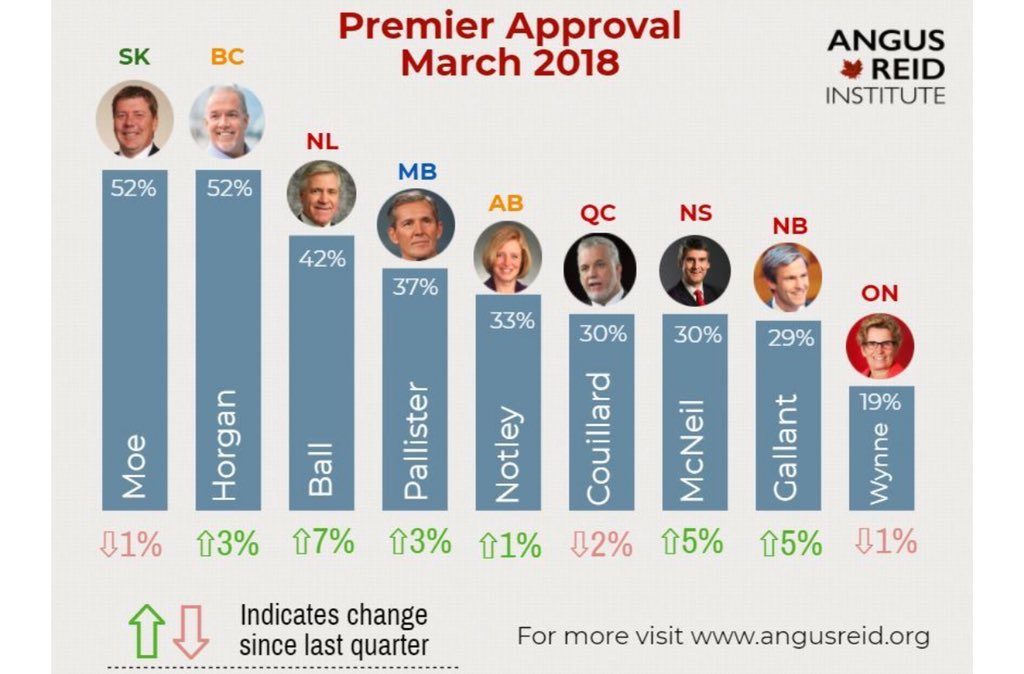
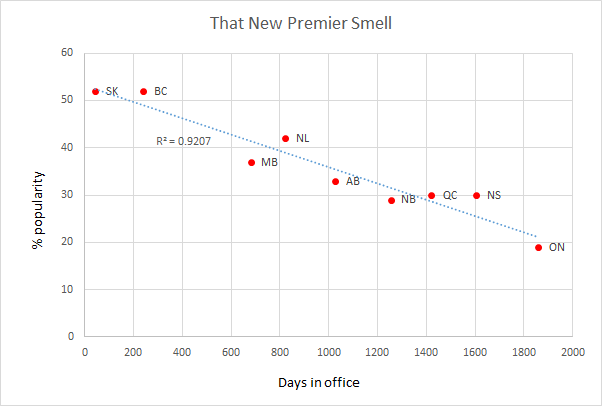
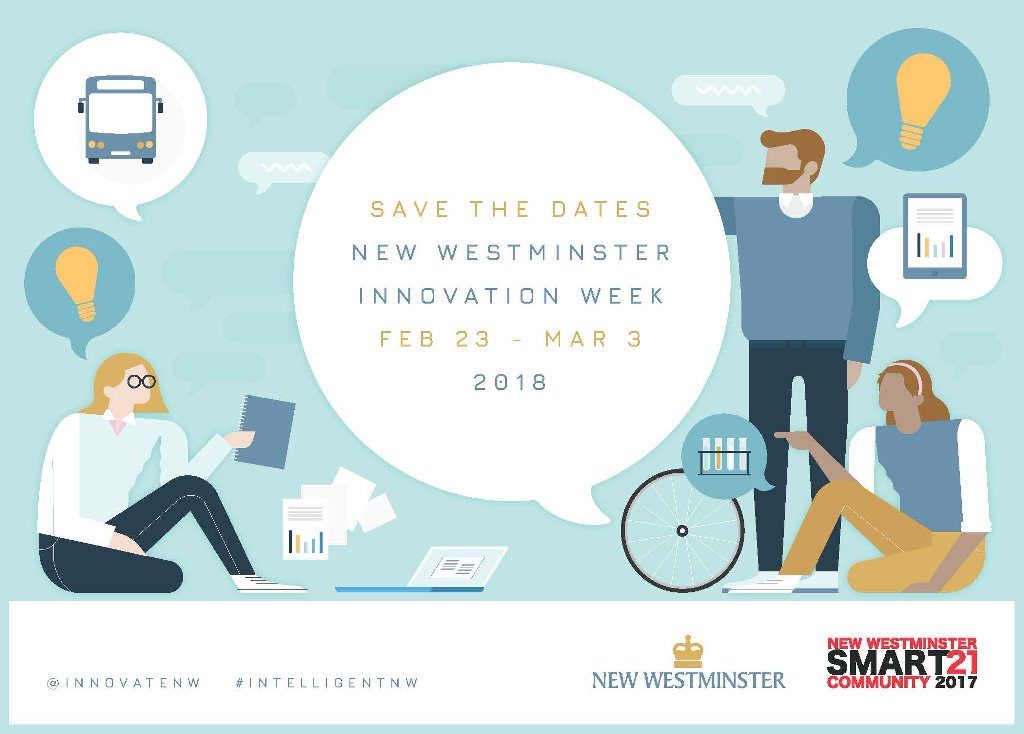
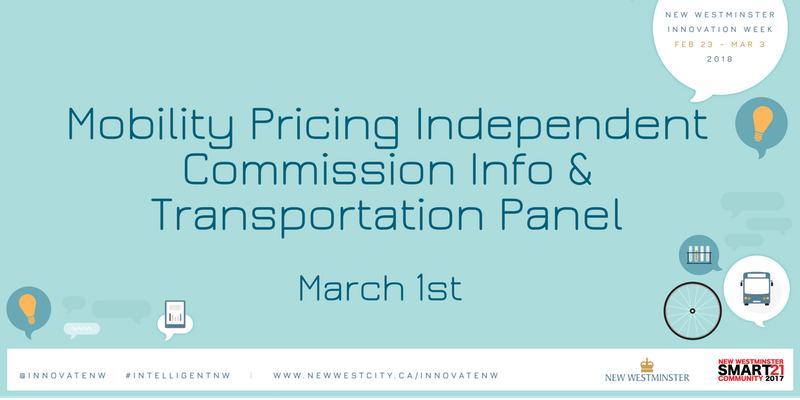
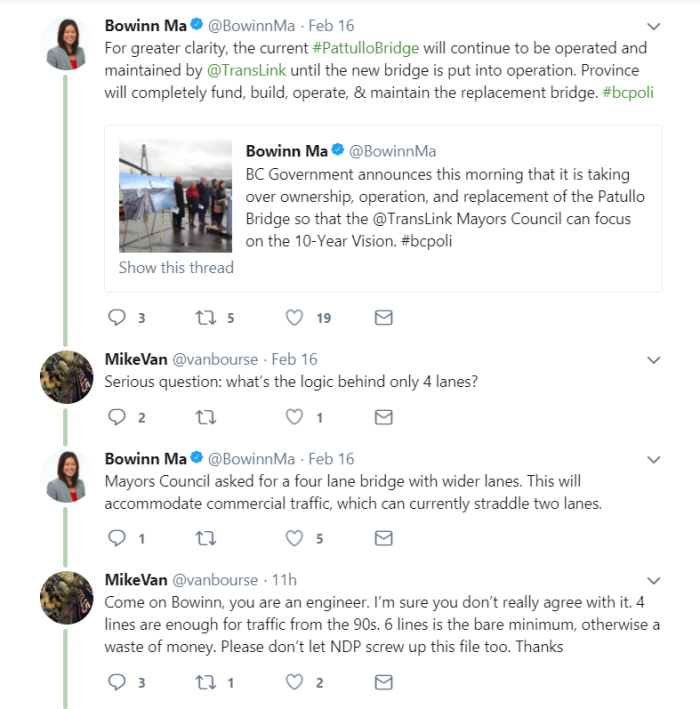



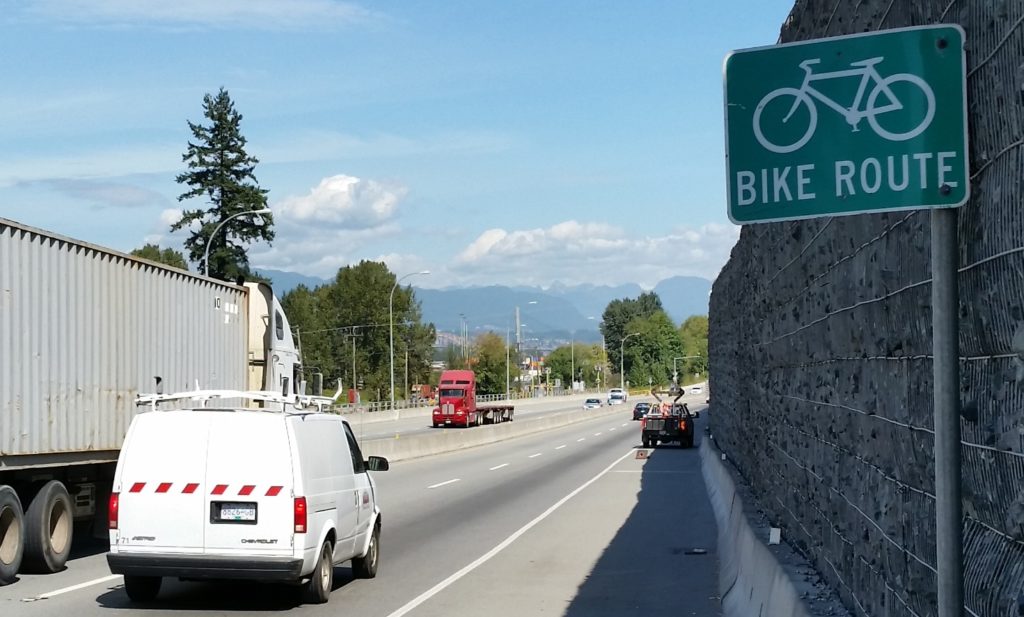
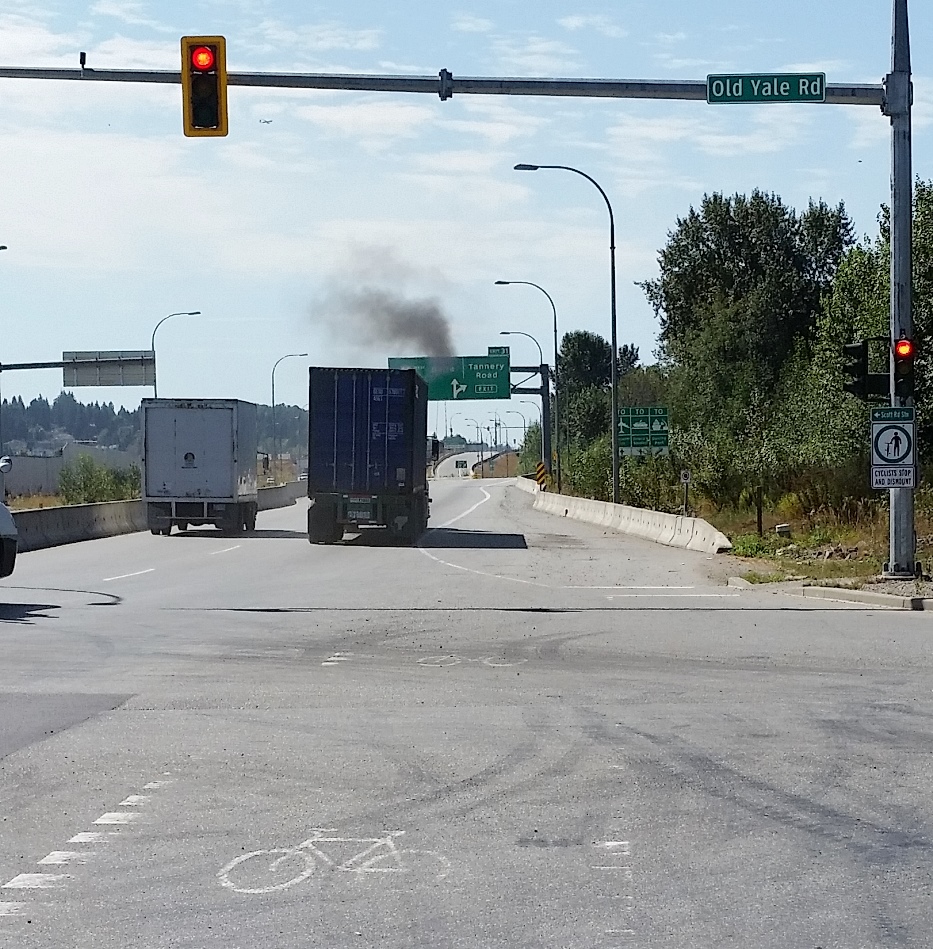
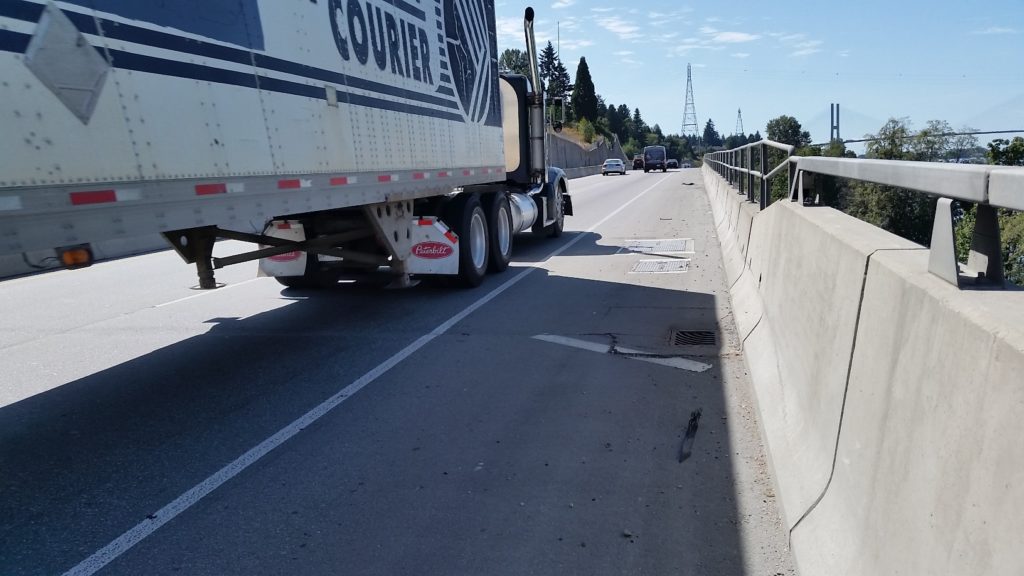
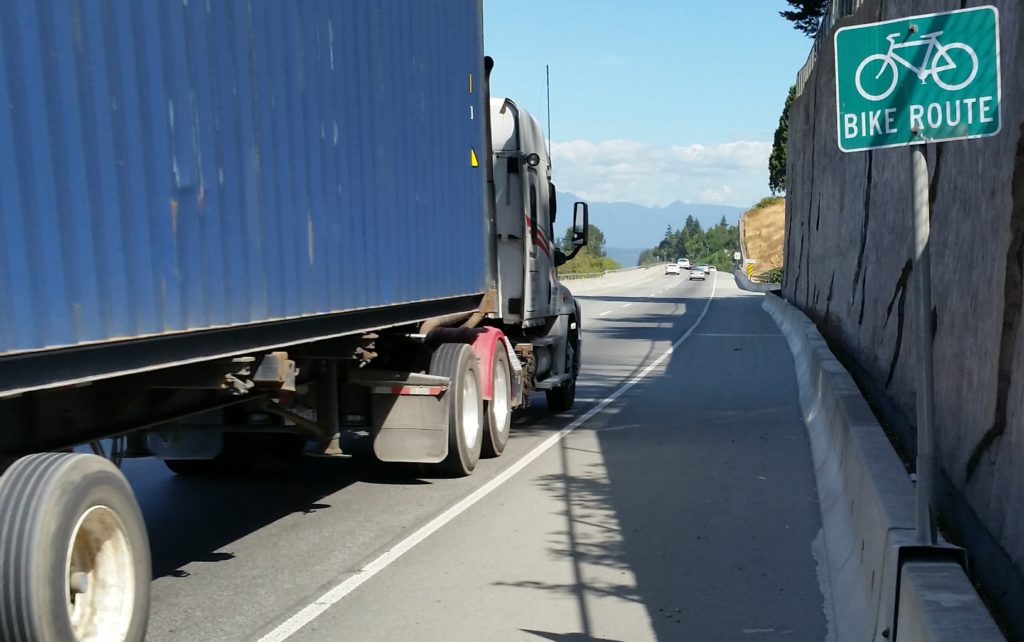
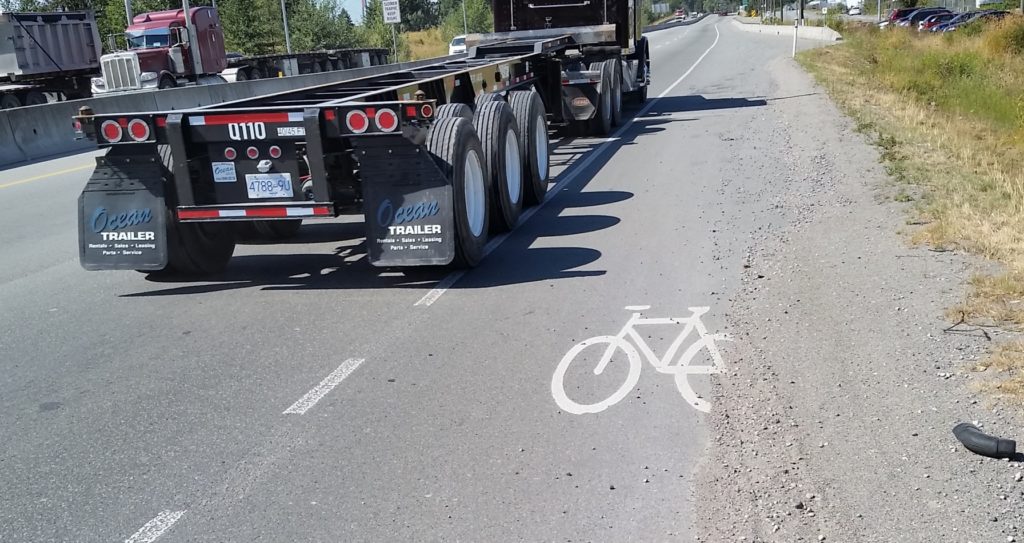
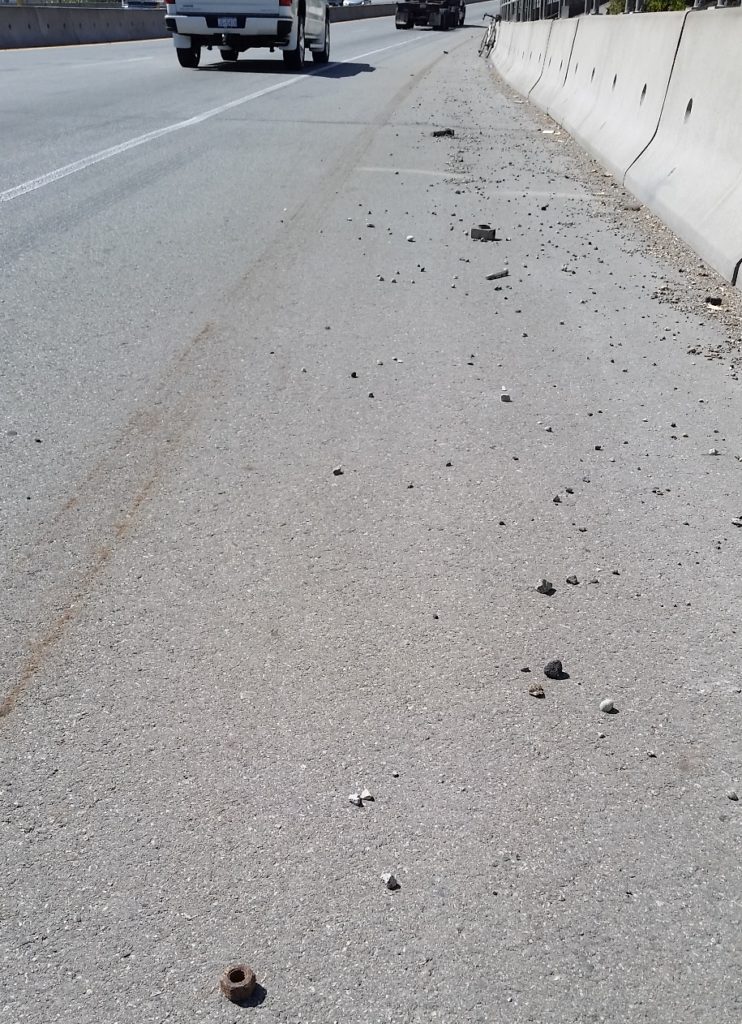

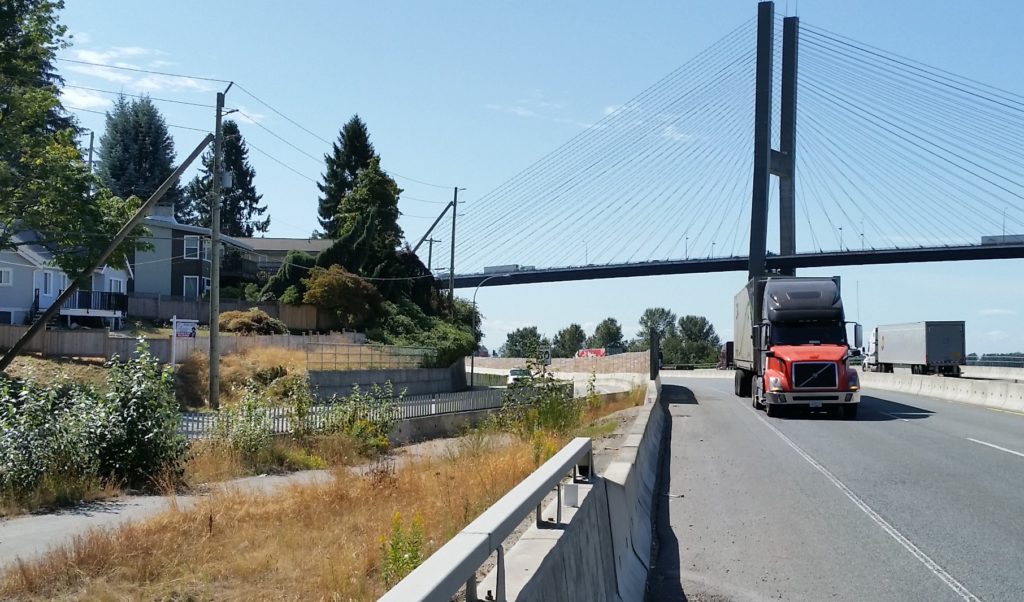
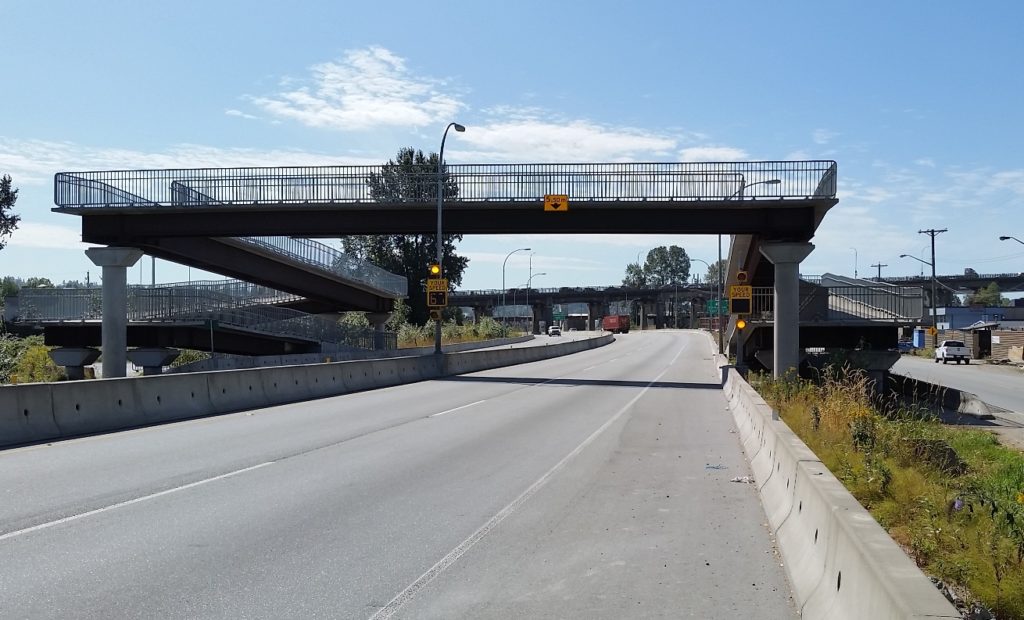
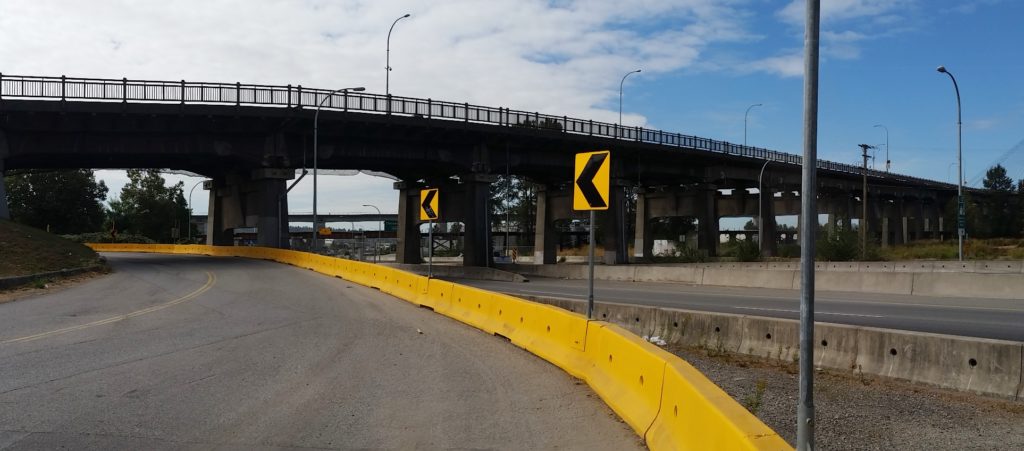
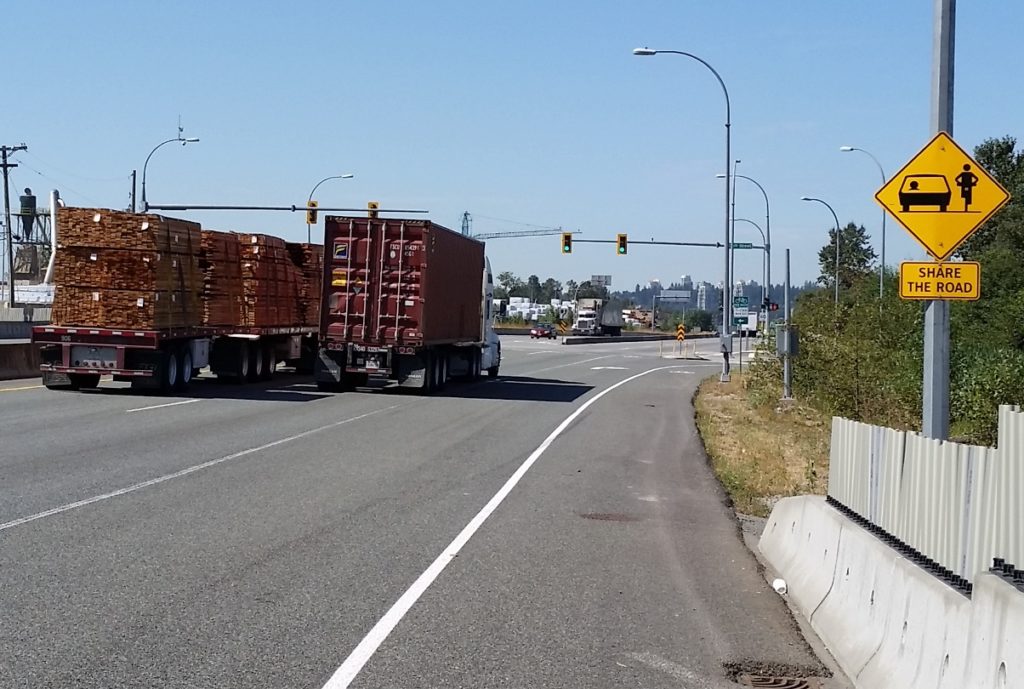

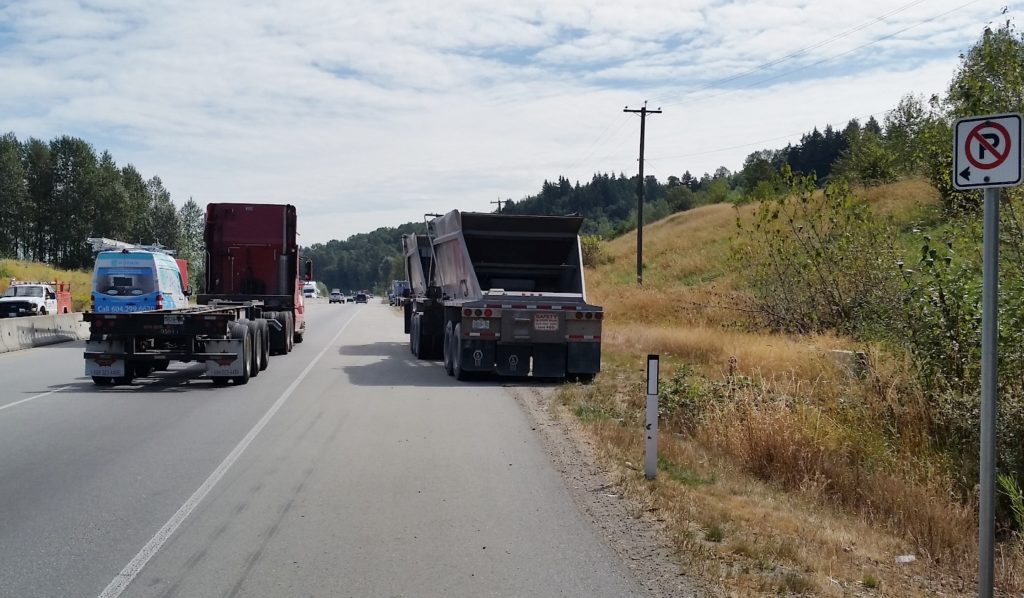
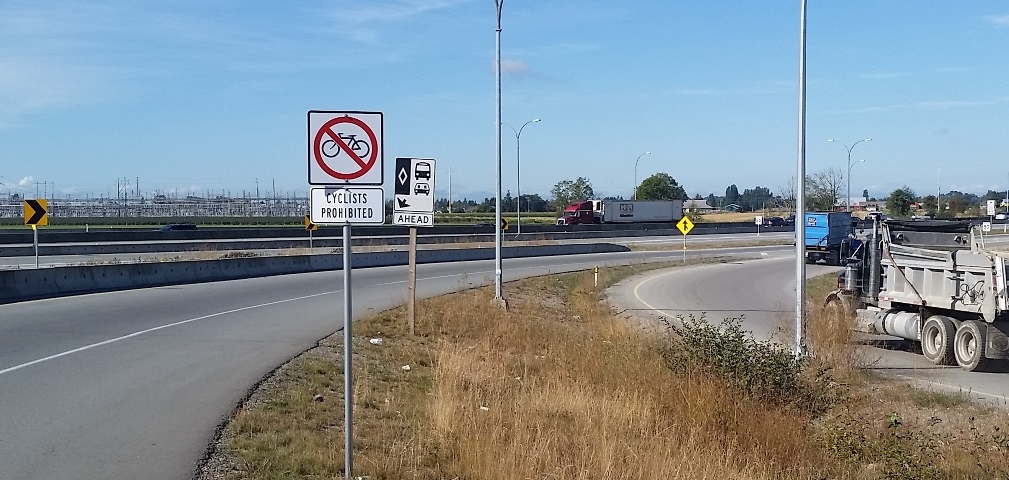




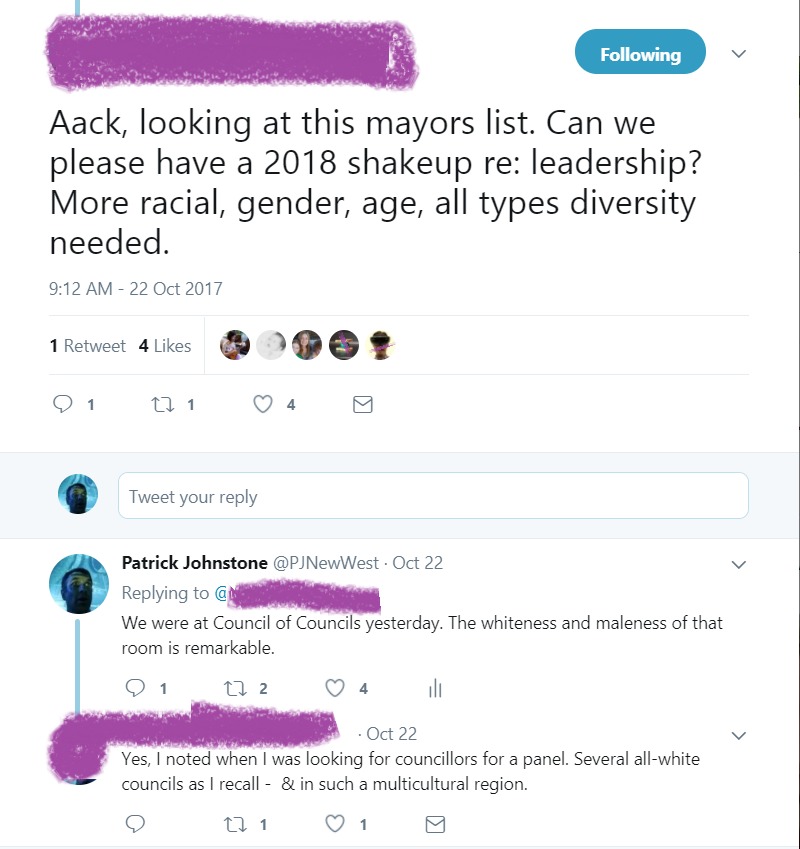
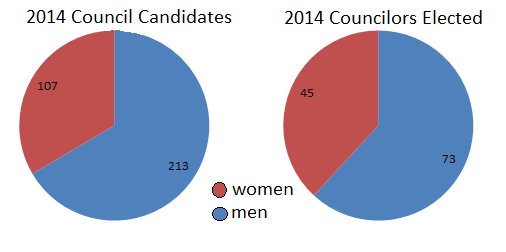 For Council, 33% of candidates were women, and 38% of those elected were women.
For Council, 33% of candidates were women, and 38% of those elected were women. For Mayor, 16% of candidates were women, and 16% of the winners were women. Perhaps more tellingly, there was a woman on the mayoral ballot in only 7 of 19 communities (three were elected).
For Mayor, 16% of candidates were women, and 16% of the winners were women. Perhaps more tellingly, there was a woman on the mayoral ballot in only 7 of 19 communities (three were elected).